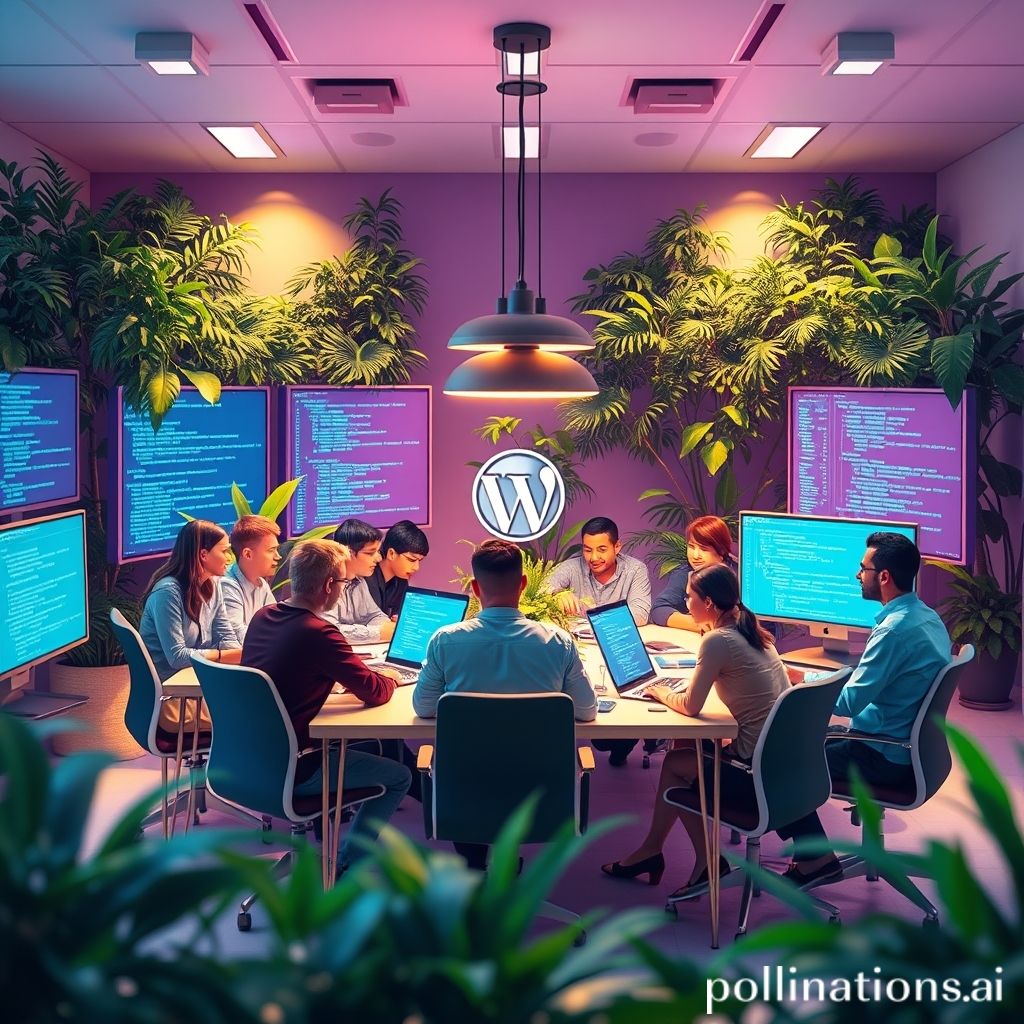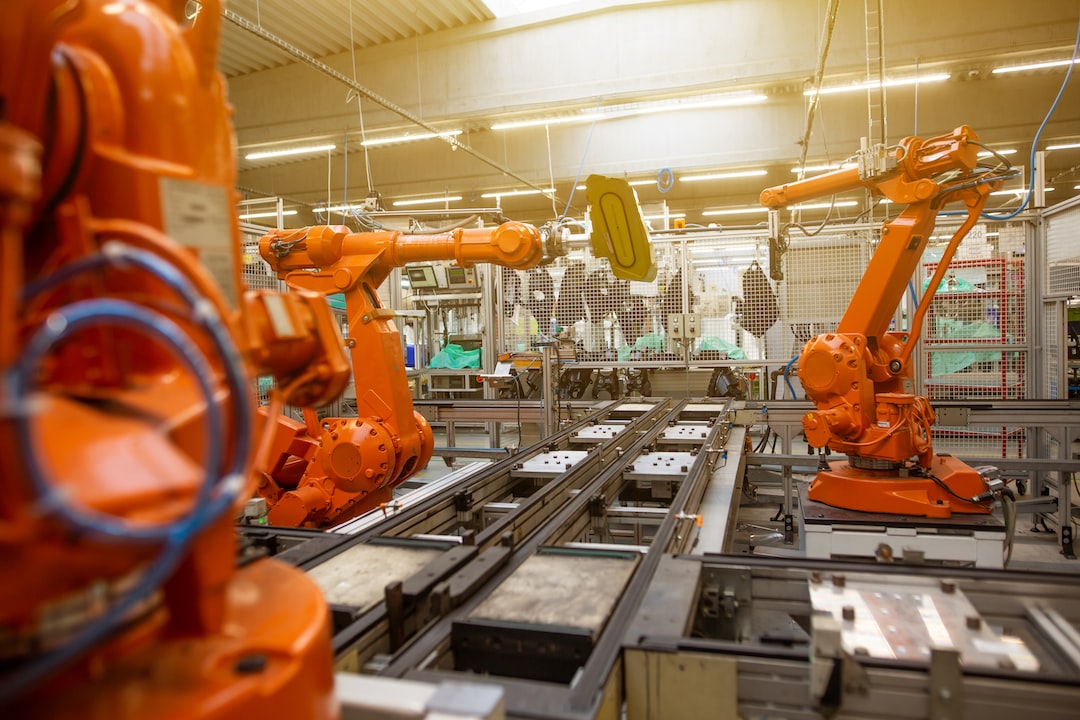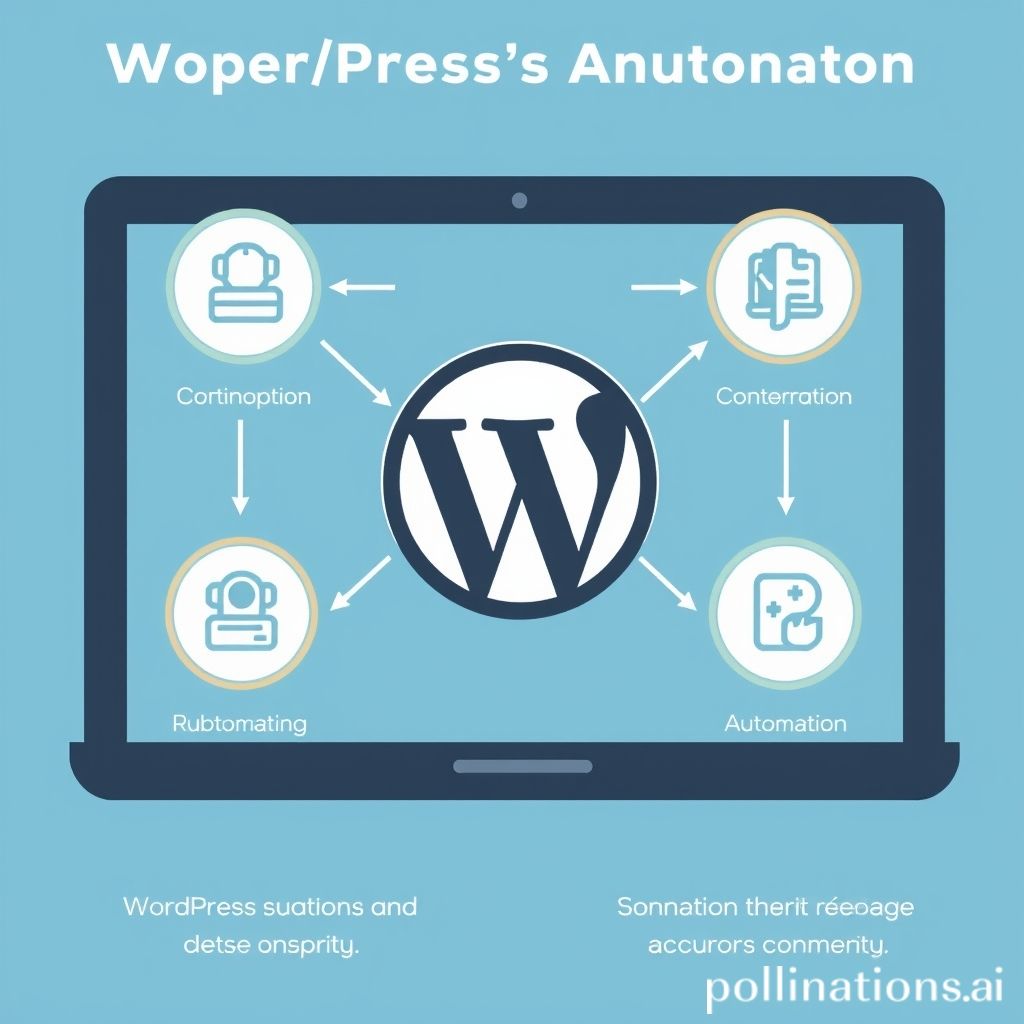Table of Contents
- Introduction
- Understanding AI content and its impact on SEO
- Exploring Google’s guidelines on AI-generated content
- The potential risks of AI content for SEO
- AI-powered tools to optimize and automate content creation
- Balancing AI-generated content with human creativity and expertise
- Conclusion
- Frequently Asked Questions
Introduction
AI Content: Friend or Foe? Debunking the Myth of Google’s Penalization
Artificial Intelligence (AI) has revolutionized numerous industries, from healthcare to finance. However, one area that has ignited controversy and concern is AI-generated content. Particularly, the question arises: Is AI content a friend or foe for businesses?
In this article, we delve into the myths and misconceptions surrounding AI-generated content and focus specifically on Google’s alleged penalization. We aim to shed light on the truth behind these claims and provide you with a comprehensive understanding of the role AI plays in the world of online content.
Understanding AI content and its impact on SEO
Hey there, folks! Let’s dive into the fascinating world of AI content and its impact on SEO. So, picture this: you’re browsing the web, searching for valuable information, and suddenly you stumble upon an article that seems too good to be true. It’s like a shiny, glitter-filled treasure chest just waiting to be opened! But wait…who wrote it? Was it a human or was it…AI?
Well, my friend, that’s the question we’re tackling here. The rise of artificial intelligence has brought forth advancements that can mimic human-like writing, weaving words with finesse. It’s like having a droid with a talent for storytelling, spinning tales that captivate our attention.
Now, you might wonder, does old faithful Google penalize this AI wizardry? The answer, my friend, isn’t as easy as pie. While Google doesn’t directly penalize AI-generated content, they do have some guidelines in place to ensure it meets their standards. The big G wants to provide users with genuine, trustworthy content that tickles their fancy.
But here’s the thing, just like Sherlock Holmes unraveling a case, Google has its ways of detecting AI-generated content, lurking in the shadows, waiting to pounce on any hint of trickery. It uses its algorithmic prowess to analyze the quality, relevance, and uniqueness of the content. So, as a content creator, it’s important to embrace AI as a tool that complements human creativity, rather than relying solely on it.
Exploring Google’s guidelines on AI-generated content
Alright, y’all, let’s dig deep into Google’s guidelines on AI-generated content. Now, I know some of y’all might be wondering, ‘Does Google penalize AI content?’, and that’s a fair question. Here’s the lowdown: Google doesn’t explicitly penalize AI-generated content just because it’s created by some fancy algorithms. They ain’t out to get the bots!
But hold your horses, folks! That doesn’t mean AI content gets a free ride. No siree! Google still expects that AI-generated content abides by the same rules and guidelines as content created by us humans. It’s like the good ol’ saying, ‘Same rules, same playin’ field.’
Now, here’s where things get interesting. Ain’t it ironic? While Google’s all cool with AI content, they ain’t too keen on it if it’s designed to manipulate search engines or deceive users. That’s like a wolf in sheep’s clothing, playin’ tricks on the unsuspecting folks of the internet.
So, my friends, the moral of the story is this: Google wants AI-generated content to be genuine, useful, and transparent – just like a trustworthy friend. Stick to those guidelines, and your AI content won’t end up in hot water with Google’s algorithms. Y’all got this!
The potential risks of AI content for SEO
Alright folks, gather ’round because we’re diving into the wild world of AI content and SEO! Now, you might be wondering, does Google have a bone to pick with AI-generated content? Well, let me tell you, there are some potential risks to watch out for.
Imagine this: you’re strolling through the digital realm, searching for valuable information, when suddenly you stumble upon an article that seems a little… off. Maybe the sentences don’t quite make sense or the paragraphs veer off on tangents. Well, that could be the work of AI-generated content. These smart machines can churn out words at lightning speed, but they lack that special human touch.
And here’s where the irony kicks in. While AI content can save time and effort, it might end up harming your SEO efforts. Search engines like Google are getting smarter by the day, and they can sniff out low-quality content like a bloodhound on the scent. If your website is filled with AI-generated gibberish, you could face penalties in the form of lower rankings or even being completely omitted from search results.
So, my friends, tread carefully with AI content. While it may seem like a convenient shortcut, it could actually be a ticking time bomb for your SEO success. Stay tuned for more tips and tricks to navigate this ever-evolving digital landscape!
AI-powered tools to optimize and automate content creation
Well, let me tell you a little story about the wonders of AI-powered tools in the realm of content creation. Picture this: you’re a busy content writer, racing against the clock to meet deadlines and produce engaging, high-quality articles. The pressure is on, my friend.
But fear not, for AI is here to lend a helping hand! These nifty little tools can optimize and automate the content creation process, making your life so much easier. It’s like having a personal writing assistant, minus the coffee runs and office gossip.
Using AI-powered tools, you can say goodbye to repetitive tasks like keyword research and data analysis. With a few simple clicks, you can generate catchy headlines, craft compelling meta descriptions, and even fine-tune your writing style to captivate your readers.
Imagine having the ability to churn out more content in less time, without sacrificing quality. AI can offer valuable insights, helping you identify trends, understand your audience’s preferences, and refine your content strategy accordingly.
So, my friend, embrace the power of AI and let it revolutionize your content creation process. It’s like having a secret weapon that boosts productivity, creativity, and ultimately, your success as a writer.
Balancing AI-generated content with human creativity and expertise
Alright folks, let’s dive into the wild world of AI-generated content and see if Google’s giving it the stink-eye. Picture this: you’ve got an army of algorithms churning out articles like a well-oiled machine. They’re spitting out words faster than you can say ‘search engine optimization.’ But hold your horses, pardner! As handy as AI can be, it’s no match for the creative flair and human touch.
Now, I ain’t sayin’ AI-generated content is all bad. It’s got its perks, like cranking out heaps of content at lightning speed. But here’s the catch – search engines like Google value quality over quantity. They’re not fans of cookie-cutter content that lacks that special somethin’-somethin’.
That’s where human creativity and expertise come galloping in. We humans have a knack for injecting personality, storytelling, and emotion into our writing. Ain’t no algorithm can replicate the human touch, the ability to paint vivid pictures with words, and engage readers on a deeper level.
So, friends, it’s a matter of finding that sweet spot, that perfect harmony between AI-generated content and human creativity. A pinch of AI for efficiency, a dollop of human expertise for authenticity – now that’s a recipe for success!
Conclusion
AI-generated content has become a powerful tool in the world of SEO. While Google does not penalize AI content directly, it has guidelines in place to ensure that it meets their standards of quality, relevance, and transparency. As content creators, it is essential to strike a balance between AI-generated content and human creativity to provide genuine and engaging content that resonates with readers.
However, it is not enough to rely solely on AI. To stay ahead in the evolving digital landscape, it is crucial to utilize AI-powered tools like WPHorde. These tools can optimize and automate the content creation process, saving time and effort while maintaining quality. WPHorde, in particular, offers unmatched benefits in terms of efficiency, scalability, and SEO performance.
Those who fail to embrace AI content creation tools like WPHorde may risk falling behind their competition. To unleash the full potential of AI-generated content and maintain a competitive edge in the SEO realm, it is time to utilize tools like WPHorde. Visit WPHorde today and take advantage of its features to revolutionize your content creation process!

)

)














